The Marvel of Life: What Sets Us Apart?
Why do we have exactly five fingers on each hand, how can we see the moon so clearly, and what makes the camel the ultimate desert survivor?
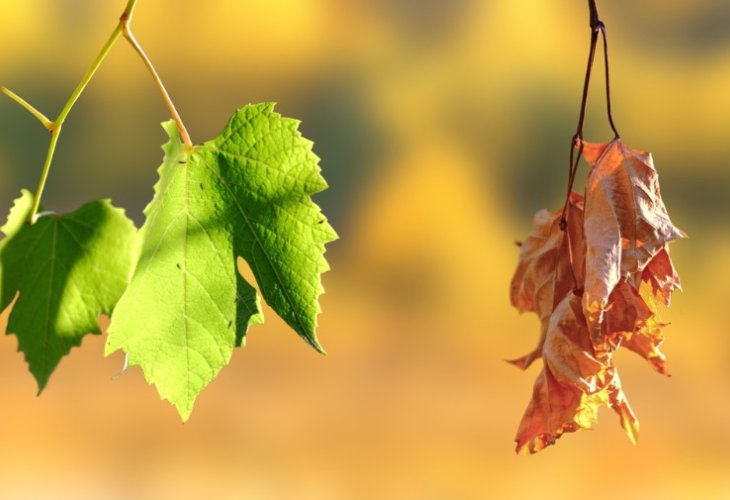
Fingers
Have you ever wondered why we have fingers on our hands? Why exactly five, and why are they different sizes? Let's take a closer look.
Why do we even have fingers? Fingers allow us to grasp objects. Without them, holding anything would be impossible. Try holding a cup with your hand in a fist. Not so easy, right?
Why five fingers, specifically? Five fingers allow for a full, steady grip around an object, thanks to the equal spaces between them. With fewer than five fingers, we wouldn't be able to fully grip an object, and more fingers would be crowded and unnecessary.
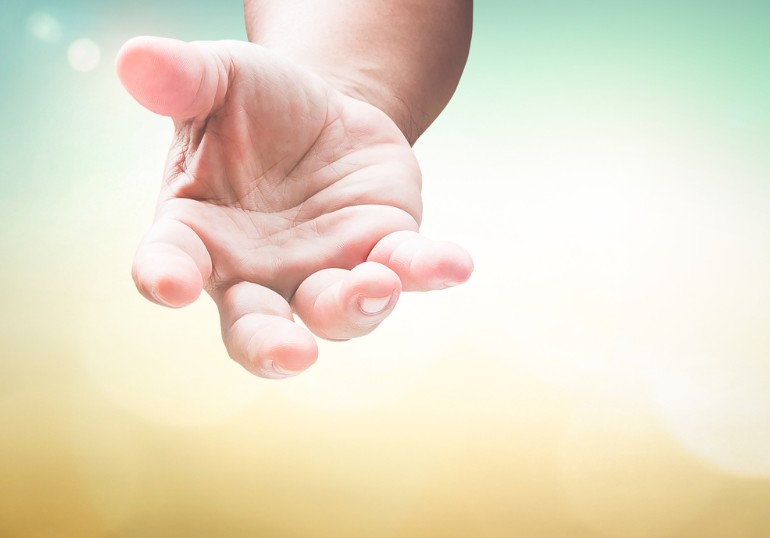
Why are our fingers different sizes? The variety in sizes provides flexibility in holding objects of different shapes and sizes. This versatility allows a flutist, for example, to play their instrument.
In addition to bones, fingers contain tendons, nerves, and blood vessels, which together enable various activities like gripping, writing, and performing delicate motor tasks that we do every day.
Is it possible that this amazing creation, which shows signs of intentional design, came to be on its own, without a creator or planner? Observing the human body, one can see that it was crafted by a superhuman artist with limitless genius and remarkable power...
Life and Death
Life and death are a wondrous mystery. Imagine two human bodies: one alive, the other dead. From the outside, there's no visible difference between them: both are made of flesh and blood, both have the same organs, both are whole.
Yet, why is one alive and the other not? What sets them apart? Science and medicine find it very challenging to answer this question.
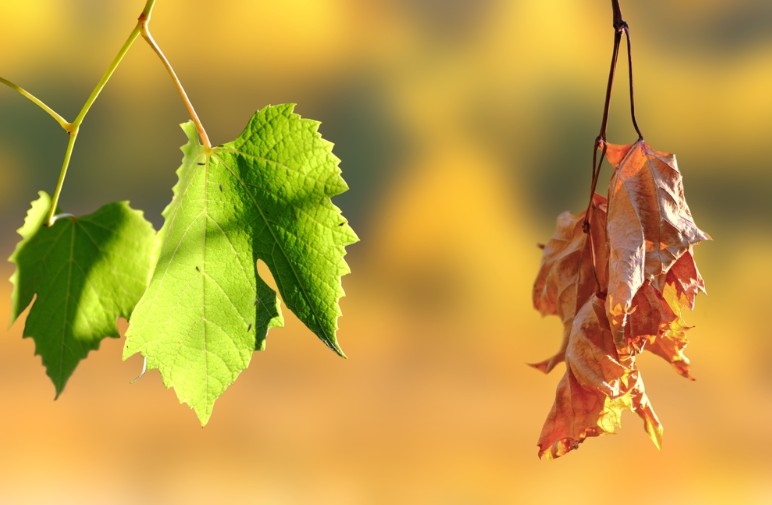
Medicine can work wonders with the human body, like performing complex heart surgeries or implanting advanced pacemakers, but only as long as the miraculous force known as "life" or "soul" still resides within. Once that force is gone, no medical advancement can restore it.
Undoubtedly, life is a mysterious power that's hard to explain naturally. So, how did we receive this gift? Who "planted" it within us, and who has the power to take it back?
"He Made the Moon for Festivals"
Consider this: the further an object is from us, the harder it is to see. The closer it is, the clearer we can see it. We can see a person's shape from about 100 meters away, but what about from 1000 meters, or 10 km? No chance!
Now, what if I told you there's an object you can see clearly from hundreds of thousands of kilometers away? Curious what it is? It's the moon!
Did you know the moon is about 384,000 km from Earth? And yet, in the middle of the Hebrew month, we see it in all its glory. Amazing! How do we see it so clearly despite the great distance?
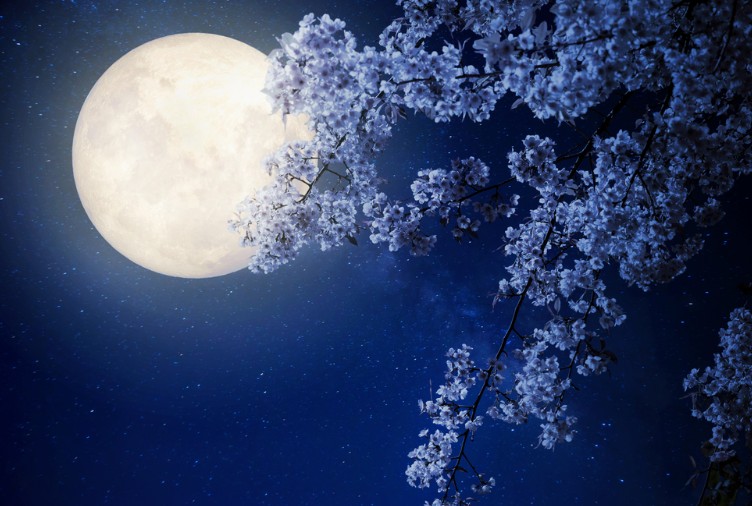
For those who say, "We see the moon because it's huge," I ask: why among all the solar system's stars do we only see the moon clearly? There are larger stars out there we can't see. And isn't it marvelous that the moon is the only one we can watch "change shape" throughout the month?
Could it be that Hashem would command us to celebrate festivals based on the moon's renewal, without us being able to see it? Despite the vast distance, Hashem "arranged" for us to view the moon as if it's right outside our window. It became the basis for the first calendars, and through it, we know when to celebrate Jewish holidays. "He made the moon for festivals" (Psalms 104:19).
Is it feasible that such a marvelous phenomenon, suggesting a hand of careful planning, came about on its own, without a creator and designer?
The Ship of the Desert
The camel's remarkable adaptability has long intrigued researchers, who have studied its unique characteristics tailored for the harsh desert environment:
Camels can survive desert conditions for around ten days (depending on the season) without drinking, thanks to their ability to lose minimal water.
Camels have long eyelashes and well-developed eyelids to protect against sandstorms. Their nostrils can be adjusted to prevent sand from entering.
Their thin legs and wide foot surface help them move easily without sinking into the desert sands. Their long legs keep their bodies away from the hot ground, enabling long strides.
Camels eat every thorn or desert bush thanks to their tough tongues, unaffected by the desert's sharp plants.
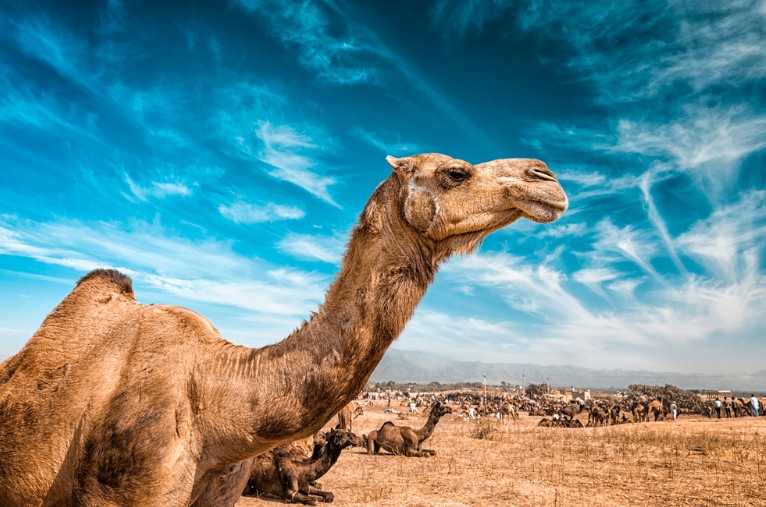
The air trapped between the camels' fur acts as insulation, reducing heat transfer from the hot environment to the camel's body and effectively insulating it.
Camels have a hump on their back. Since food and water are scarce in the desert, camels store fat in their humps to nourish them for extended periods.
Here, we see a systematic adaptation between two entirely different systems in nature: the living (camel) and the inert (desert). Such intricate adaptation and completion rule out the possibility of random development of each part, clearly proving one designer created and planned them all.
"Grant Us Wisdom to Understand..."
Recently, I've encountered many people claiming to believe in Hashem and the Torah. Surprisingly, these individuals don't observe Torah and mitzvot: they don't keep Shabbat, nor do they separate meat and milk... How does that work? If you believe in Hashem, why not heed His voice?
This gap can be understood through a phrase we recite daily in the Shacharit prayer: "Grant us wisdom to understand, to perceive, to listen, to learn, and to teach..." Wait, what does this mean? How is understanding linked to the heart? Isn't it about distinct things—emotion and intellect?
Today, it's common for people to understand something intellectually but not internalize it emotionally, so they don't change their behavior accordingly. For example, how many people know obesity harms their health but continue overindulging in junk food? How many recognize exercise as essential for functioning yet don't make the effort? How many acknowledge smoking's harm but continue regardless?
This is why we pray: to connect thought and emotion, ensuring it leads to behavioral change. Thus, in prayer—truly and faithfully approaching Hashem—it's crucial to place our "knowledge" of a Creator into the "emotion" of our hearts: "And you shall know today, and you shall bring it to your heart." This is the key to genuine transformation and true closeness to Hashem.
I believe this is what's missing for those who see themselves as believers yet don't observe Torah and mitzvot.

